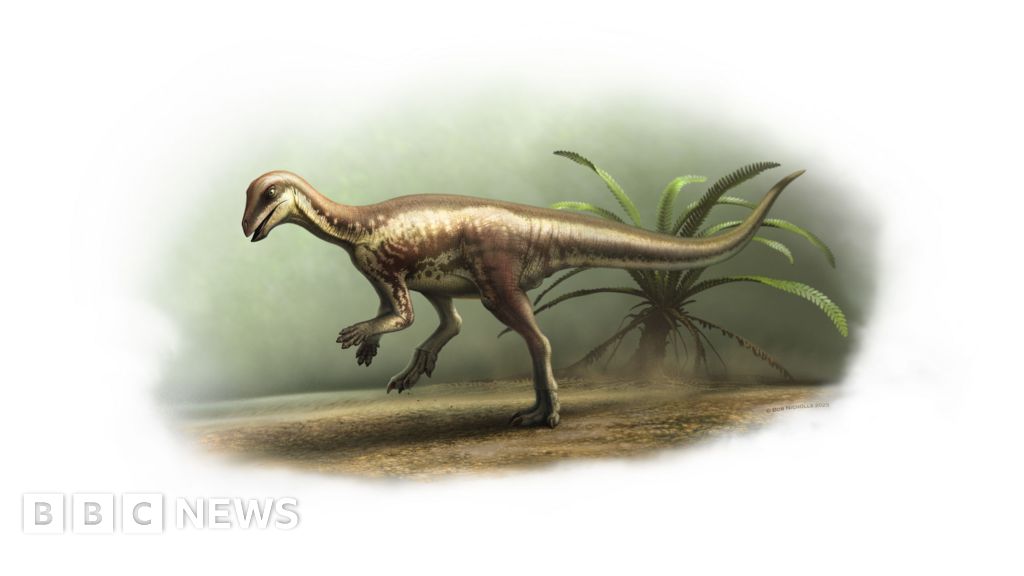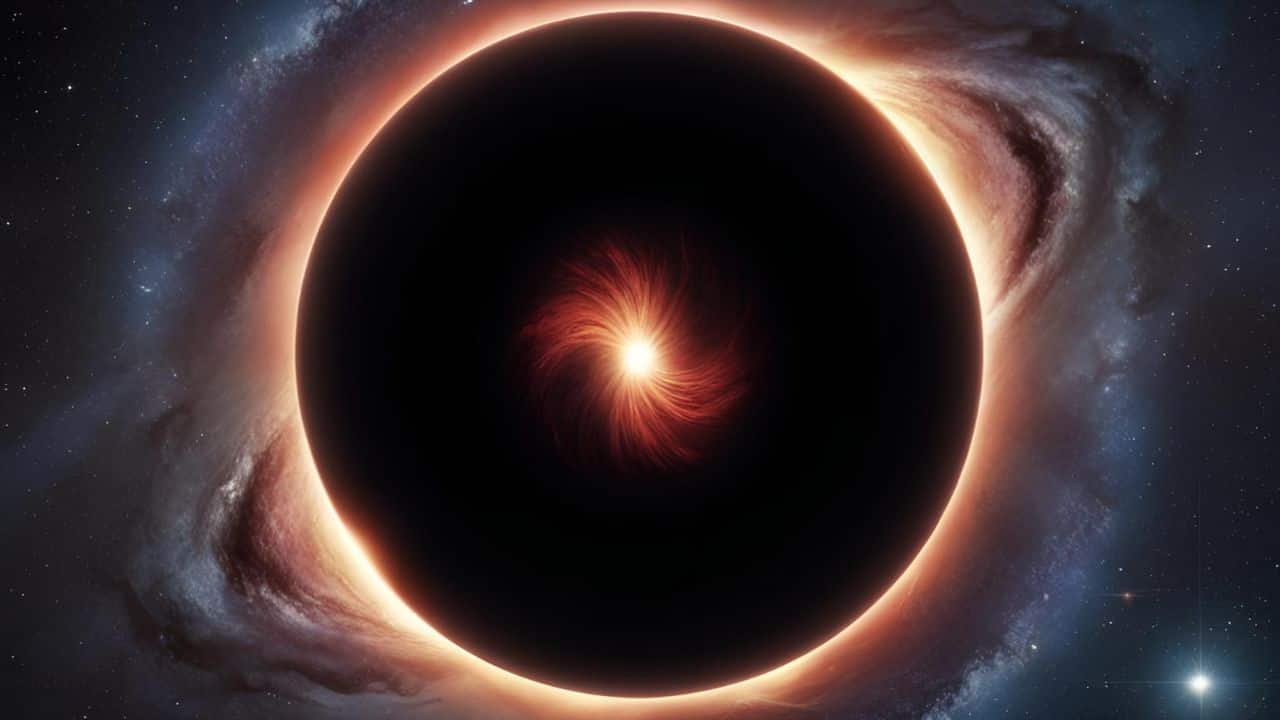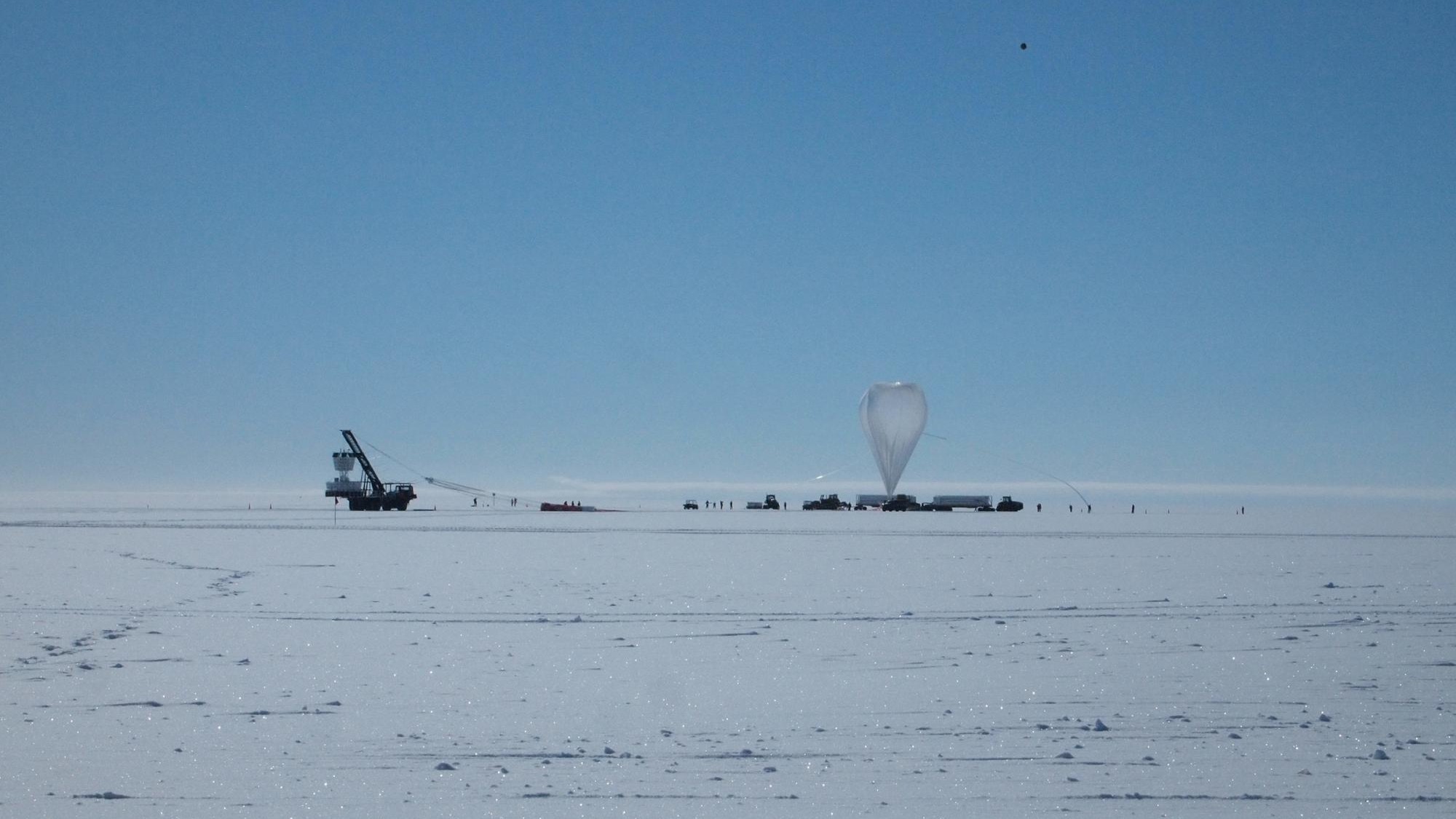Ancient Rocks in Canada May Hold the Key to Earth's Early History

In a groundbreaking discovery, scientists have pinpointed what could be the oldest rocks on Earth, sourced from the Nuvvuagittuq Greenstone Belt, located along the eastern shore of Hudson Bay in Quebec, Canada. This rock formation has long fascinated geologists due to its reputation for hosting some of the planet's most ancient geological materials. However, the exact age of these rocks has sparked significant debate among researchers over the years.
Initial studies conducted two decades ago suggested that the rocks might be as old as 4.3 billion years, positioning them in the earliest chapters of Earth’s geological timeline. Conversely, some scientists employed alternative dating techniques and argued that the ancient samples were contaminated, leading to inflated age estimates. They posited instead that the rocks were around 3.8 billion years old, igniting a scientific controversy regarding their true origin.
The recent study, published on Thursday in the prestigious journal Science, sought to settle this age-old dispute by analyzing a different section of the Nuvvuagittuq formation. Researchers utilized two well-established dating methods that measure the decay of radioactive elements over time. Remarkably, both methods converged on an estimated age of approximately 4.16 billion years for the rocks. According to Jonathan O’Neil, a study author affiliated with the University of Ottawa, the congruence of the results from the two techniques underscores the reliability of their findings.
The formation of Earth occurred roughly 4.5 billion years ago from a swirling cloud of dust and gas, marking the dawn of the solar system. Ancient rocks like those found in the Nuvvuagittuq Greenstone Belt are exceedingly rare because they are often subjected to re-melting and recycling by the planet’s dynamic tectonic activity. While rocks from a different Canadian formation, the Acasta Gneiss Complex, have been dated to around 4 billion years, the Nuvvuagittuq rocks may indeed surpass them in age.
Researching these primordial rocks not only enhances our understanding of the planet's formative years but also offers insights into Earth's transition from its molten origins to the development of tectonic plates, and potentially, the emergence of life itself. Mark Reagan, a volcanologist from the University of Iowa who did not participate in this study, emphasized the significance of obtaining samples from such ancient periods, stating, “To have a sample of what was going on on Earth way back then is really valuable.”
It is important to note that the Nuvvuagittuq formation resides on tribal Inukjuak lands, and the local Inuit community has placed limitations on scientific sampling from the site. This decision follows concerns over damage caused by previous research expeditions, highlighting the need for collaboration and respect for indigenous land rights in future geological studies.




























